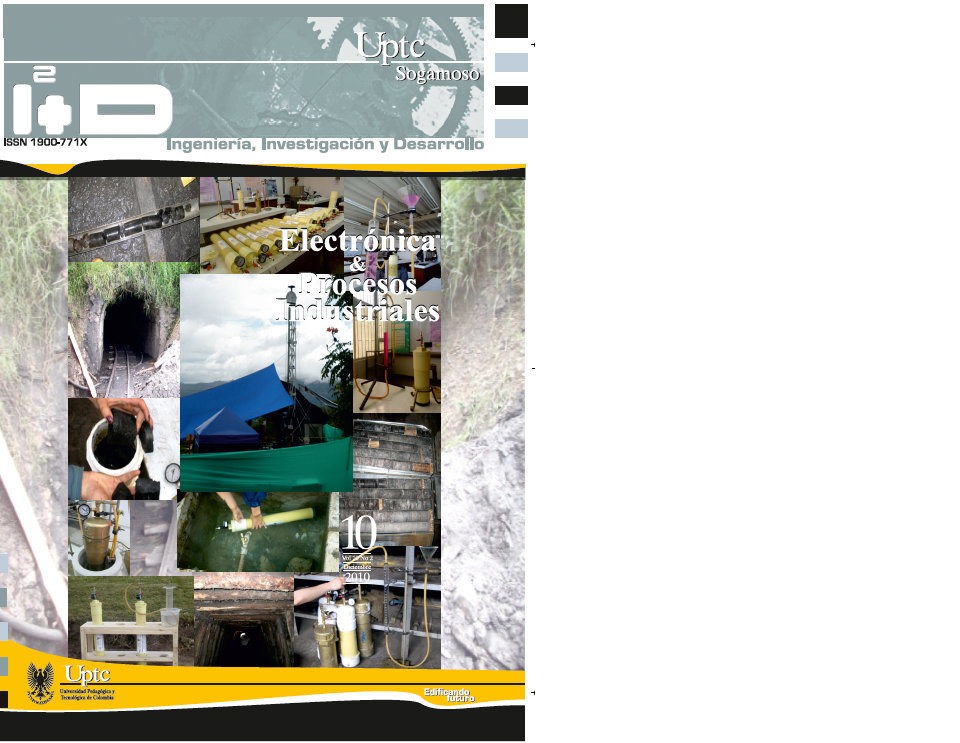Inventory, interpretation and assessment of the uraba basin’s free area geological, geochemical and geophysical information

Abstract
The Uraba Basin is located in the Northwest side of Colombia, in the Uraba Gulf. The basin is 3630 km2. It is composed of two physiographic environments: an offshore area located in the Uraba Gulf, which is 4150,45 km2 and a continental area divided in two subenvironments. The first one is formed by a plain morphology composed by fluviomarine plains and marshes which total surface is 3740 km2. The second environment is formed by a mountainous morphology composed of sedimentary and igneous rocks located to the Western and Eastern ends of the basin. The geophysical surface interpretation was based on seismic data (25 2D stack seismic lines) with TIFF images from scanned sections obtained from printed copies. This geophysical information includes the information obtained in one well drilled in the Uraba region: Apartado-1. In order to determine the maturity and quality of the rock, a compilation of geochemical information was carried out. There are no reports of oil seeps, accumulations or hydrocarbon samples on the wells that would allow performing a crude analysis. There is not enough geochemical information that can be used to reliably determine the presence or no presence of source rocks in the area.
Keywords
oil geochemistry, seismic stratigraphic, seismic structural
References
- ANH, (2007): Colombian Sedimentary Basins. Nomenclature, Boundaries and Petroleum Geology, a new Proposal. 82p.
- Castano, J. (1990): Geochemical Analyses of Three Samples OXY, Necoclí-1. Geostrat Ltd. Report 90/00303/020. P. 15.
- Cediel, F., Shaw, R. P., y Cáceres, C. (2003): Tectonic assembly of the Northern Andean Block, in: C. Bartolini, R. T. Buffler, and J. Blickwede, eds., The Circum-Gulf of Mexico and the Caribbean: Hydrocarbon habitats, basin formation, and plate tectonics: AAPG Memoir, (79), pp. 815– 848.
- ECOPETROL, (1982): Interpretación Sísmica Regional del Área de Urabá, Informe geofísico N° 543, p. 133.
- Cediel F., Shaw R. P., y Cáceres, C. (2003): Tectonic Assembly of the Northern Andean Block, in Bartolini, C., Buffler, R. T., and Blickwede, J., eds., The Circum-Gulf of Mexico and the Caribbean: Hydrocarbon Habitats, Basin Formation, and Plate Tectonics. AAPG Memoir 79, pp. 815– 848.
- GEOTEC, 1997. Cartografía geológica de la Región del Sinú (Noroeste de Colombia), Planchas 50, 51, 59, 60, 61, 69, 70, 71, 79 y 80, (3),Bogotá.
- GEOTEC, (2003): Geología de los Cinturones Sinú San-Jacinto Planchas 1:100000. 50 Puerto Escondido, 51 Lorica, 59 Mulatos, 60 Canalete, 61 Montería, 69 Necoclí, 70 San Pedro de Urabá, 71 Planeta Rica, 79 Turbo y 80 Tierra alta. Informe I20024. Memoria Explicativa. INGEOMINAS, p. 135.
- INGEOMINAS, 1986. Mapa de terrenos geológicos de Colombia. Publicación especial INGEOMINAS No 14, p. 1-235.
- INGEOMINAS, 2001. Mapa geológico del Departamento de Antioquia. 239 p.
- INGEOMINAS, 2004. Geología de los Cinturones del Sinú, San Jacinto y Borde Occidental del Valle Inferior del Magdalena Caribe Colombiano. Informe Técnico. 128 p.
- Provincia Petroleum Company Inc., (1980): Informe técnico Decreto No. 1895.
- Suter, F., Sartori, M., Neuwerth, R., Gorin, G. (2008): Structural Imprints at the Front of the Chocó-Panamá Indenter: Field data From the North Cauca Valley Basin, Central Colombia. Tectonophysics 460, pp. 134 - 157.